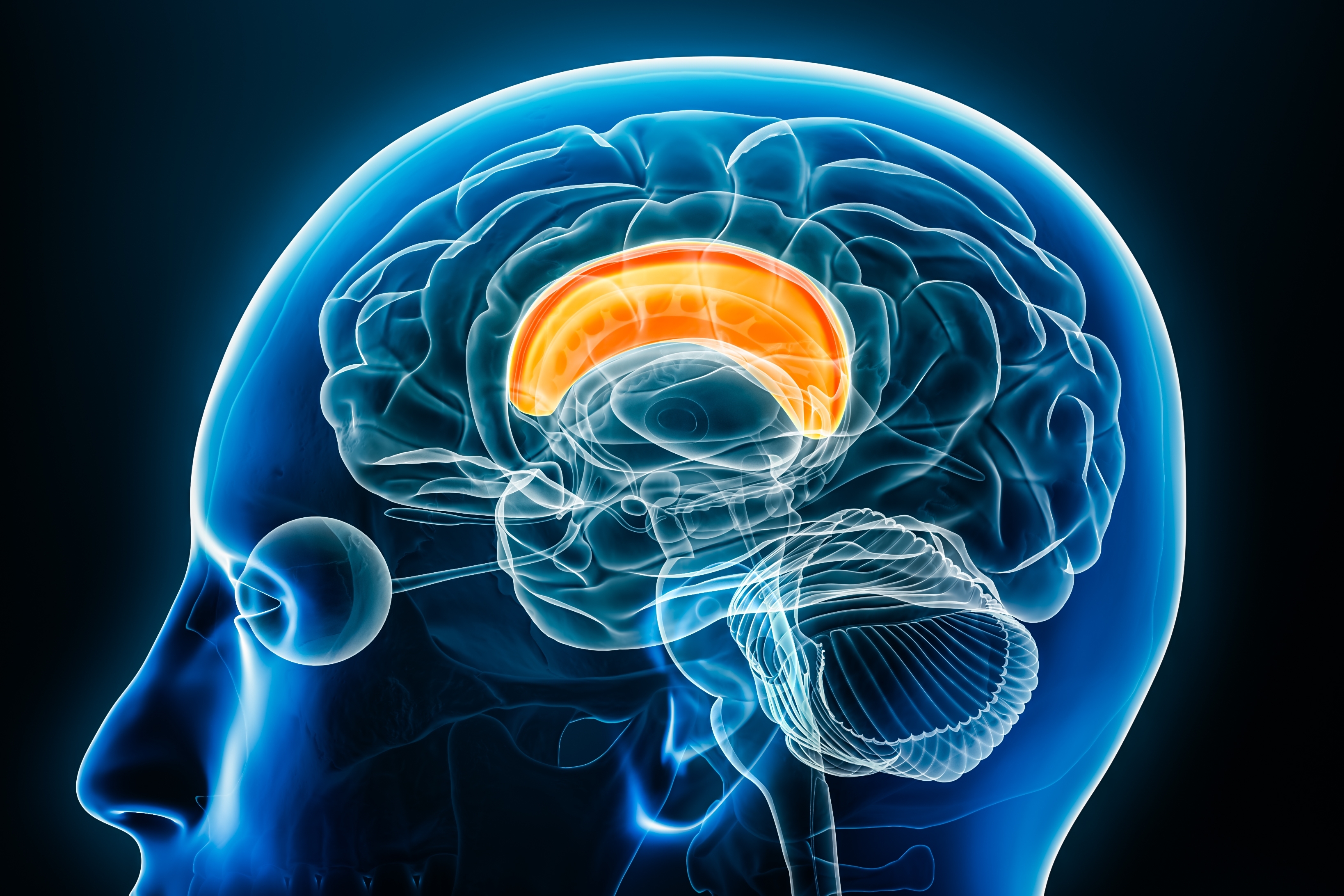
(Vienna, 08.05.2024) The human brain is not only larger and contains more nerve cells than the control center of other species, it is also networked in a very special way: Thick bundles of nerves connect brain regions like highways over long distances, such as the left and right hemispheres of the brain. A team of researchers at IMBA, in cooperation with MedUni Vienna, has now presented the first organoid model in which these information "highways" can be studied. The results are currently published in the journal Cell Stem Cell.
Our brain resembles a road network: like country roads, small connections link neighboring nerve cells, while thick bundles of nerves connect the different regions of the brain like highways. These thick, heavily used nerve bundles, which connect the left and right hemispheres and the front and back of the brain, for example, have not yet been studied experimentally. The team of researchers led by Jürgen Knoblich at the Institute of Molecular Biotechnology (IMBA) of the Austrian Academy of Sciences (MedUni Vienna) has now succeeded in developing an organoid model of these nerve bundles in collaboration with Gregor Kasprian and other colleagues from the Medical University of Vienna.
In order to model the far-reaching, heavily used nerve bundles, the research team drew on knowledge about a rare neurodevelopmental disorder in which the connection between the left and right hemispheres of the brain does not form. The corpus callosum, the bridge between left and right in our brain, is a particularly heavily used information "highway". However, in very rare cases, this connection does not form during development in the womb. This can be detected before birth as part of the ultrasound screening examination around the 18th week of pregnancy. "In such cases, fetal magnetic resonance imaging (MRI) can be used to obtain a precise image of the fetal brain and the missing corpus callosum and associated structural abnormalities," says neuroradiologist and co-author Gregor Kasprian from MedUni Vienna. In around ten percent of cases, the trigger is a mutation in the ARID1B gene. "Clinically, it has already been described in detail that mutations in the ARID1B gene are associated with a lack of the corpus callosum. Until now, however, nothing was known about the molecular mechanisms that play a role in this defect," explains Catarina Martins-Costa, first author of the study.
The researchers were able to generate stem cells from the blood cells of two patients with the ARID1B mutation, which they then used to produce three-dimensional brain organoids. The special thing about these brain organoids: They also carry the mutation in the ARID1B gene. This enabled the researchers to investigate how this mutation affects the development of long-range neural projections - a model for the highways in the brain.
"Organoids allow us to follow all the steps of neuronal development and study them directly on human tissue," explains Jürgen Knoblich. The researchers worked with Yoshiho Ikeuchi from the University of Tokyo to model the connection between two hemispheres of the brain. They placed two brain organoids in a 3D-printed mold in which the organoids were connected by a microchannel. The research team observed how the two organoids connected to each other through nerve extensions, also known as axons. In fact, the ARID1B mutation had a major impact on connectivity. "Healthy organoids form an organized axon bundle with many axons that connect to the other organoid. Mutated ARID1B organoids also form this bundle, but the number of connecting axons is greatly reduced," reports Nina Corsini, co-corresponding author.
Further investigations revealed that gene expression changes in ARID1B-mutated neurons, reports Martins-Costa. "We found that groups of genes responsible for neuronal maturation and axon formation were less expressed. This explains why mutant neurons are unable to form long-range axons, for example for the corpus callosum."
Brain organoids with an ARID1B mutation are therefore the first model in which this important neural pathway of the human brain can be studied in detail. This is also highly relevant for clinical research, emphasizes Knoblich. "Our system offers an innovative technology that can now be used to test gene therapies for patients with ARID1B mutations. We are already working with the patient organization 'The Foundation for ARID1B Research' to test a gene therapy before it reaches the clinic."
Publication: Cell Stem Cell
ARID1B controls transcriptional programs of axon projection in an organoid model of the human corpus callosum.
Catarina Martins-Cota, Andrea Wiegers, Vincent A. Phan, Jaydeep Sidhaye, Balint Doleschall, Maria Novatchkova, Thomas Lendl, Marielle Piber, Angela Peer, Paul Möseneder, Marlene Stuempflen, Siu Yu A. Chow, Rainer Seidl, Daniela Prayer, Romana Höftberger, Gregor Kasprian, Yoshiko Ikeuchi, Nina S. Corsini, Jürgen A. Knoblich.
DOI: 10.1016/j.stem.2024.04.014